Have you ever noticed how a little fresh greenery immediately makes a room feel vibrant, healthy, and alive? Indoor plants not only look great and transform your home into a classy, lush space, but they also provide health benefits such as elevating your mood and oxygenating the air. Plus, if you try your indoor gardening hand at growing vegetables and herbs, your indoor plants can even put nutritious food on your plate and take your dinners to another level.
Growing plants and vegetables indoors may seem like a daunting hobby reserved only for guys with the greenest of thumbs or tons of free time to dedicate to doting over watering and lighting needs, but it’s actually not all that difficult to get started with some basic indoor gardening. With a few supplies, some natural light, and a little TLC, you can watch your very own seeds sprout into vibrant plants, flowers, and edible herbs and vegetables. Make some room on your windowsill for a few pots and keep reading for our guide to indoor gardening for plants and vegetables.
What Plants Are Easiest to Grow Indoors?
Let’s face it: Some plants are hard to keep alive. We may forget to water them, or overwater them and drown the poor things, or we can’t get the right lighting and temperature conditions to help them thrive. Perhaps you even have pets who gnaw away at anything green and growing or pests have taken over and sabotaged your gardening efforts.
While it’s true that some plants do have specific needs for water, light, humidity, and growing temperature, not all plants are necessarily so fickle, and some are so hardy that they’re nearly impossible to kill. Plants that are easiest to grow indoors require less direct sunlight, and can withstand — or even thrive with — infrequent watering. Some of the easiest plants to grow indoors are also resistant to most pests, which can give you some confidence that you can have success growing them.
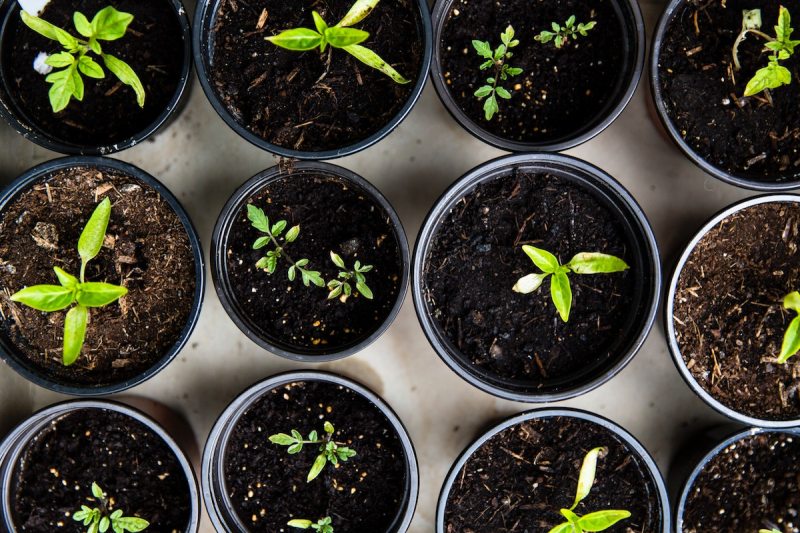
There are quite a few beginner-friendly indoor plants, but some of our recommendations for the easiest plants to grow indoors include the following:
Aloe Vera
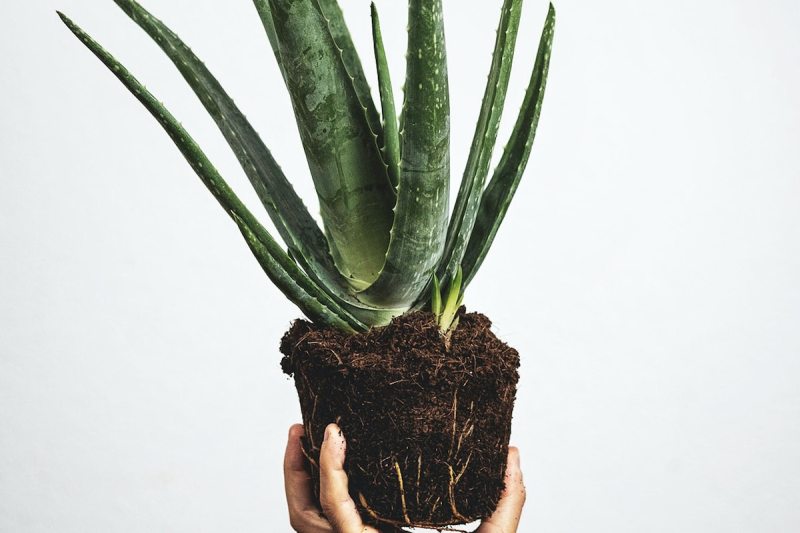
An attractive supplement whose sap is used to moisturize and heal the skin. Aloe requires very little water and can live for years in the same container. Aloe thrives with indirect, but bright, sunlight, but you should be careful not to cut and remove more than one-third of the leaves at one time or the plant may be unable to recover.
Snake Plant (Sansevieria)
One of the easiest plants to grow indoors is the snake plant, which features stiff, sword-like green leaves with yellow edges. The leaves can grow very large, from a humble six inches to six or more feet. Snake plants are great for beginner gardeners because they require very little care. In fact, depending on the humidity in your house, snake plants thrive best with only one or two watering per winter. They also are tolerant of poorly lit growing conditions.
Spider Plant
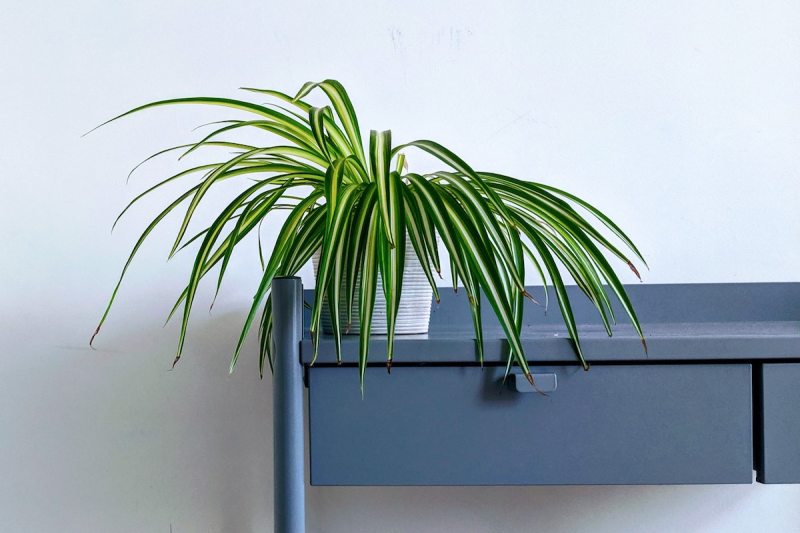
Though the name may have you running the other way, spider plants are one of the easiest plants to grow indoors and a good place to start as a beginner indoor gardener. Named for the resemblance of the long leaves to the left of a spider, spider plants grow and grow and grow. They sprout “babies” that you can remove from the mother plant once the roots come in, and then you can grow them in separate containers. Spider plants do well in hanging baskets or pots but may need to be repotted every couple of years because the root systems get too large.
Jade
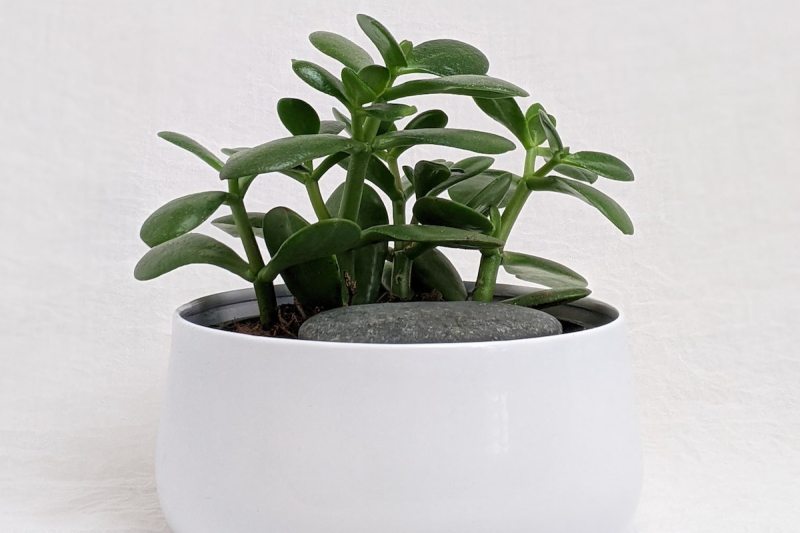
Jade is an attractive plant that’s easy to grow indoors because the round leaves retain water. Even if you forget to water your jade plant for a month or so, you can usually still completely revive it. For best results, place your jade plant near a sunny window that faces south or west, if possible, and water it once the soil is dry to the touch.
What Vegetables Are Easiest to Grow Indoors?
If you’re looking to be more self-sufficient with your food and grow edible plants indoors, there are a handful of herbs and vegetables that are surprisingly easy to grow inside.
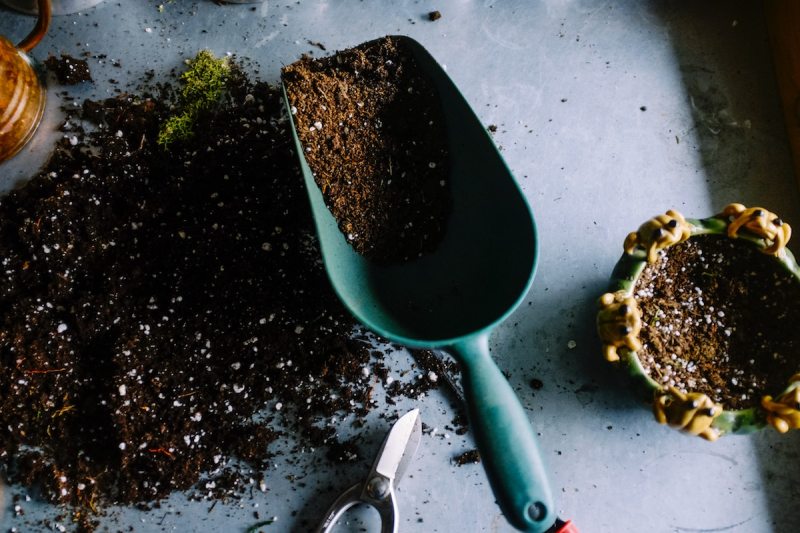
Lettuce
Lettuce is a popular vegetable for beginners to grow indoors because it’s fairly hearty, grows quickly, and is a crowd favorite. Plant lettuce seeds in containers that are at least six inches deep. Keep it well watered, in a cool environment, and out of direct sunlight. Trim the outer leaves when ready to harvest (the leaves should be at least 4-6 inches) to keep the plant intact.
Basil
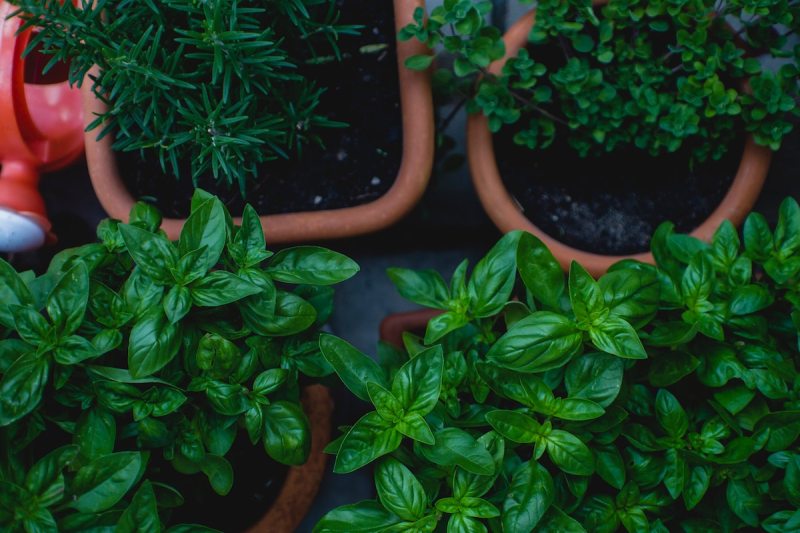
You can buy a small basil plant at most grocery stores and just take over the gardening care from that point, which is certainly the easiest way to go. However, if you want to grow your plants from seeds, plant them in a container filled with damp soil and cover them with a plastic bag or plastic wrap until the sprouts appear. Then remove the plastic. Be sure to keep the pots in a sunny area and ensure the soil stays damp.
Garlic Greens
Garlic greens are edible aromatic greens you can add to salads, stir-frys, and more. They have a mild garlicky flavor with hints of scallions or chives. If one of your garlic cloves sprouts a green foot from one of the ends, plant the clove with the bulb in a pot about an inch deep in the soil. In a matter of weeks, the greens will grow. You can harvest them once they are about 8 inches tall and then plant a new bulb in its place.
Microgreens
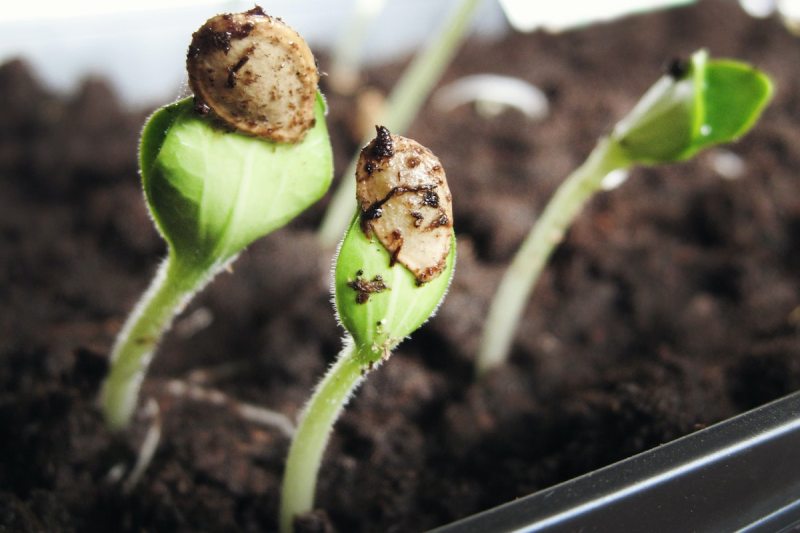
If you’re new to indoor gardening but want to grow something you can eat, microgreens are a great place to start. Microgreens, which are essentially the sprouted seeds of other vegetables like broccoli, celery, lettuce, mustard greens, arugula, etc., require very little space and grow quickly, so it’s rewarding and an easy way to build confidence in your indoor gardening capabilities. Microgreen seeds like to grow in damp, humid soil, so cover them with plastic wrap until they sprout.
To grow your microgreens indoors, you’ll need pots or a tray at least two inches deep filled with damp potting soil. Scatter the seeds so that they are about 1/4 inch apart, and then cover the seeds with a thin layer of soil and water (about 1/8-inch of soil). Place the pots in a south-facing window sill and keep the soil damp. After the microgreens sprout, trim them and use them in salads, sandwiches, and more. Then plant more seeds because they won’t keep growing after you’ve cut the leaves off.
Chives and Scallions
Chives and scallions are among the easiest vegetables to grow indoors. They grow quickly and take up minimal space. To grow scallions for example, simply trim off and keep the white ends with the root bulb from a bunch you purchase at the grocery store to eat instead of tossing them in the compost pile. Place the roots (about one-inch pieces) in a small container filled with about an inch of water and position in a sunny area. Change the water every few days until they sprout. Then plant them in moist soil and harvest the greens after they have grown to a height of 6-8 inches.
Tips for Indoor Gardening for Plants and Vegetables
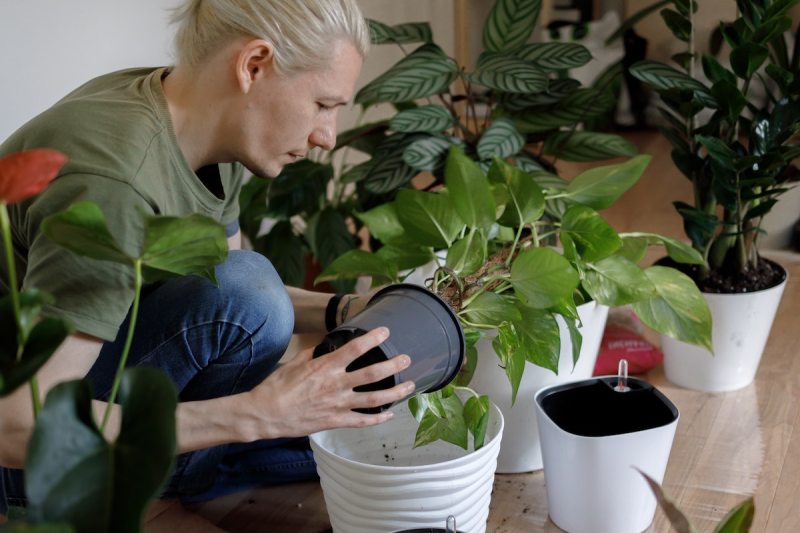
Remember, as with any new venture, not every plant you grow right off the bat may be a vibrant green growing machine. Some plants will do better than others, but here are a few tips for Indoor gardening for beginners:
- Consider grow lights: If you have limited access to windowsills, grow lights or artificial sun lamps can be a better alternative to dimly lit areas for plants that require plenty of sunlight. Otherwise, direct your indoor gardening efforts towards plants that prefer indirect sunlight or low-light conditions.
- Use the right soil: Potting mix is actually preferable to garden soil for growing indoor plants and vegetables because quality potting mixes contain vermiculite or perlite, which facilitate drainage and keep the soil properly moist without being overly saturated.
- Don’t over-water your plants: While plants do need water, many beginner gardeners go overboard with the watering. Be sure to heed the watering requirements for the plants you are growing, and plant them in containers that have holes in the bottom to allow excess water to drain out.
- Stabilize the temperature: Most plants don’t love large swings in temperature and humidity. Avoid placing your plants near drafty, cold areas or atop heating vents, or near radiators.



